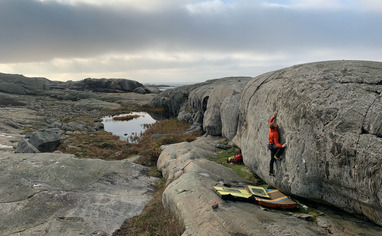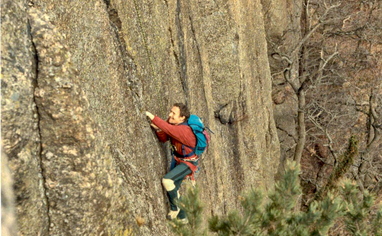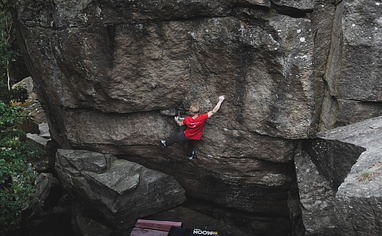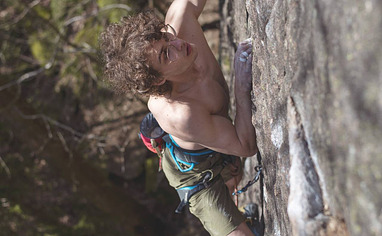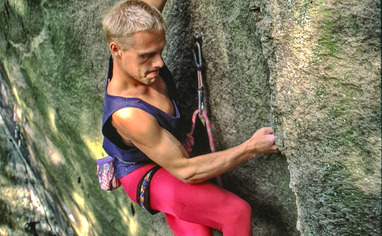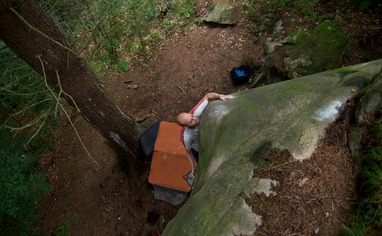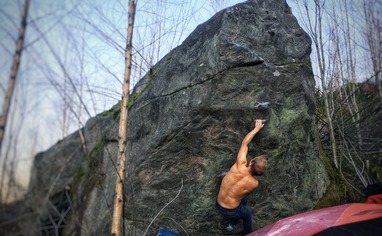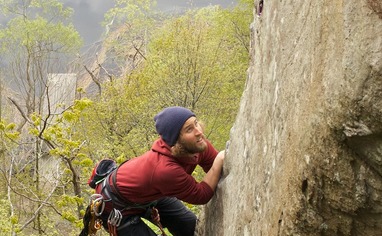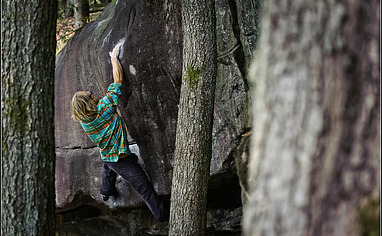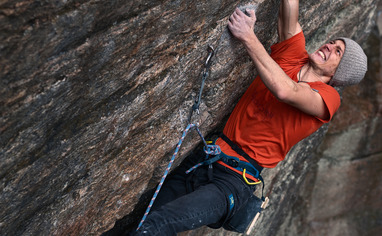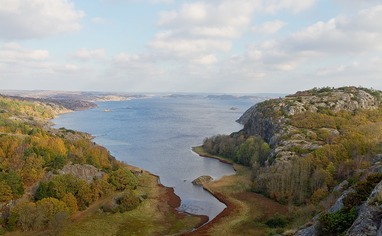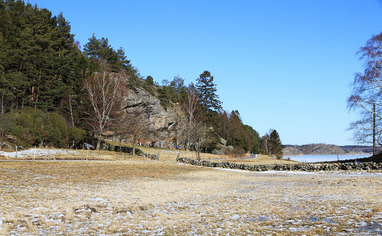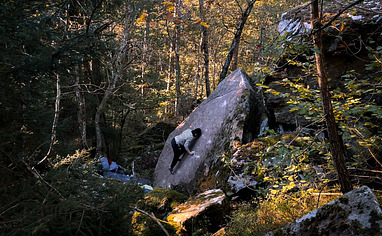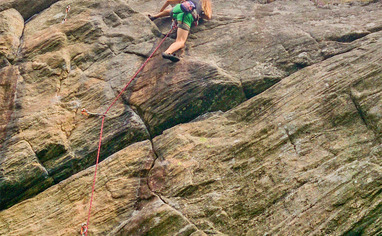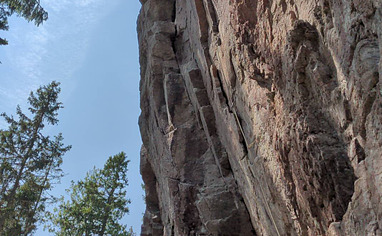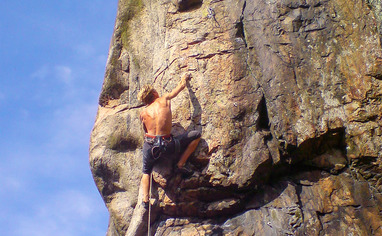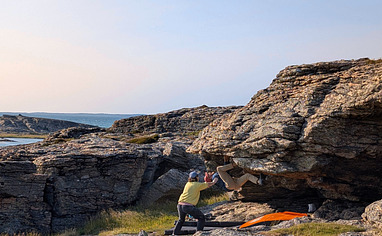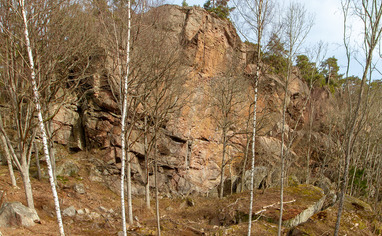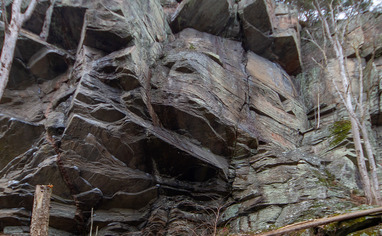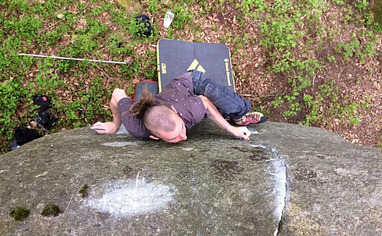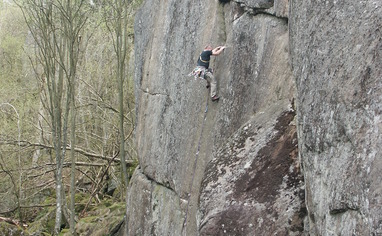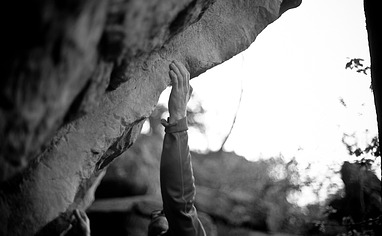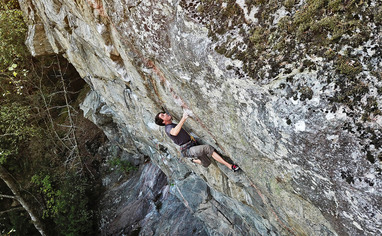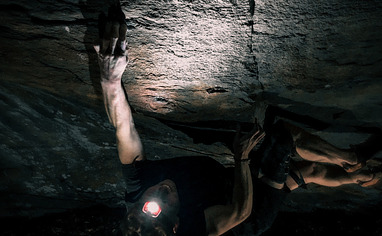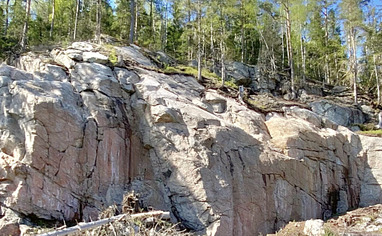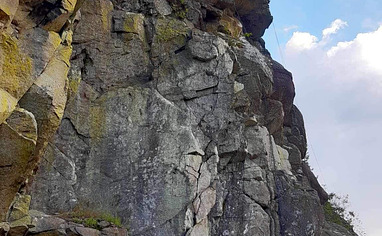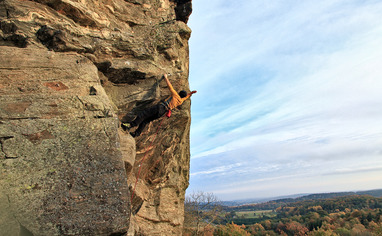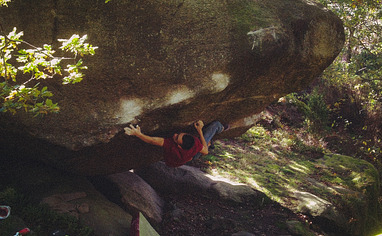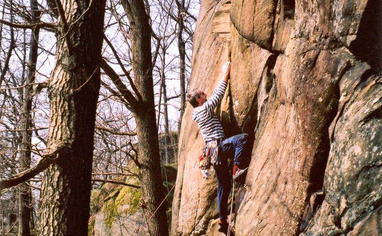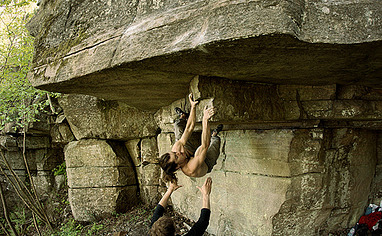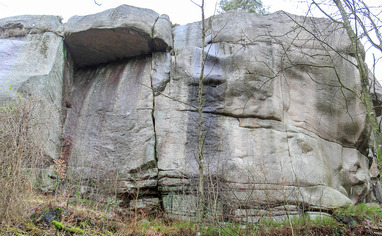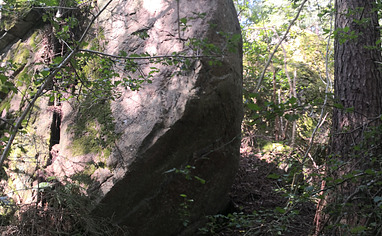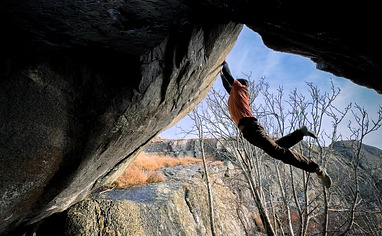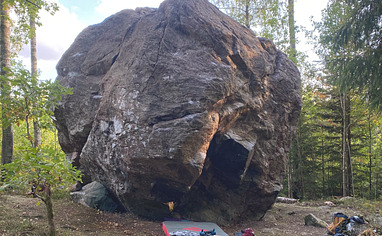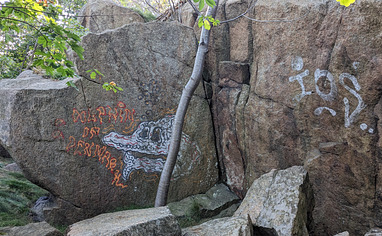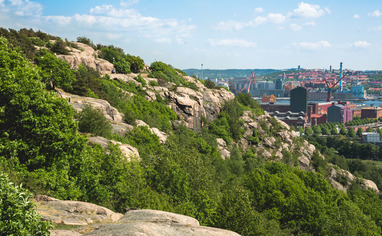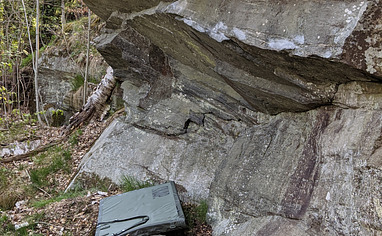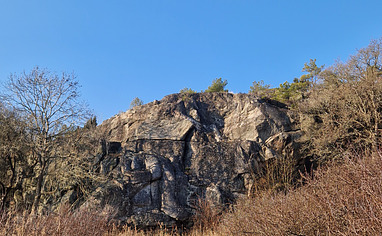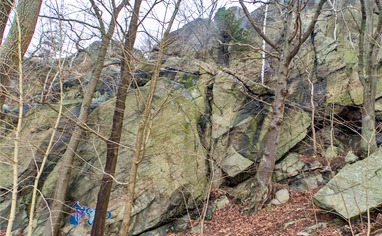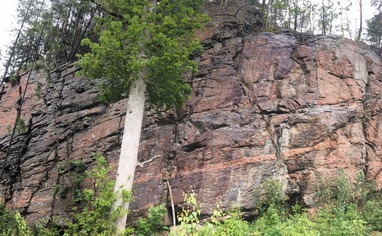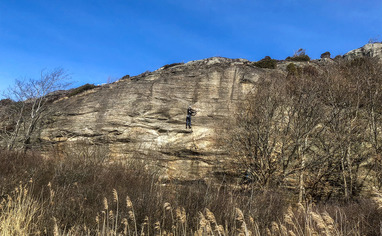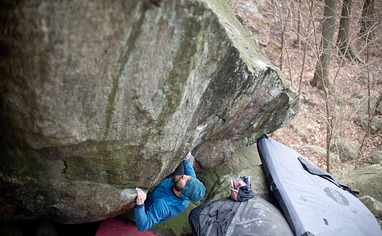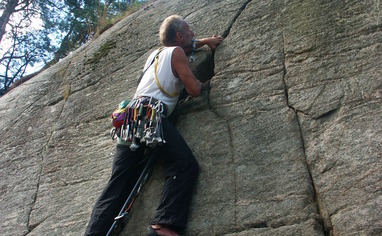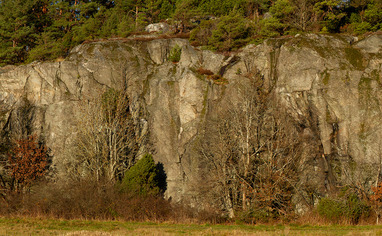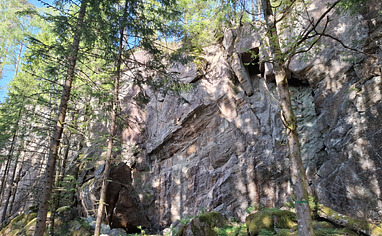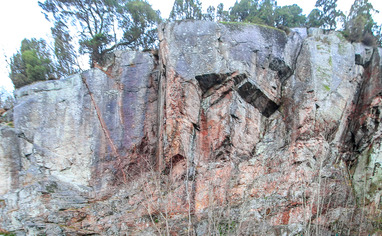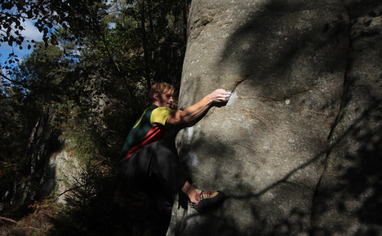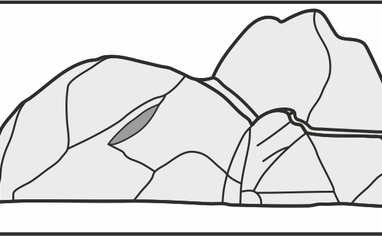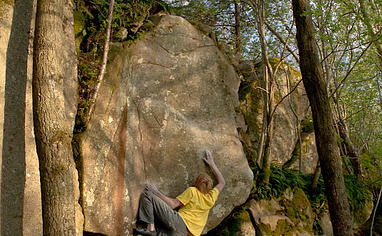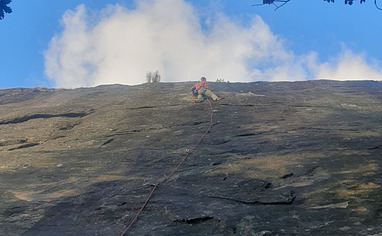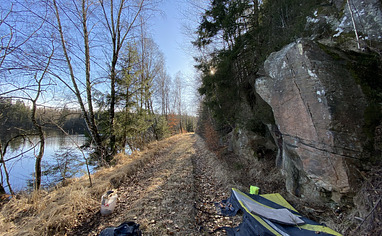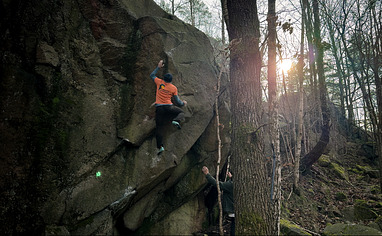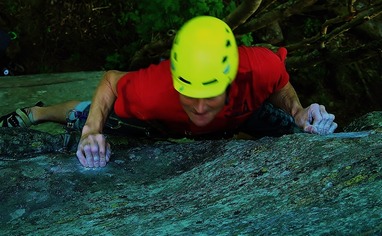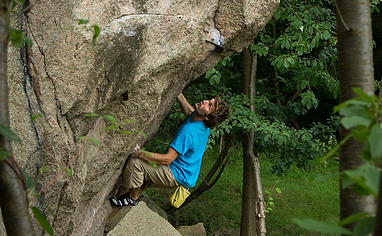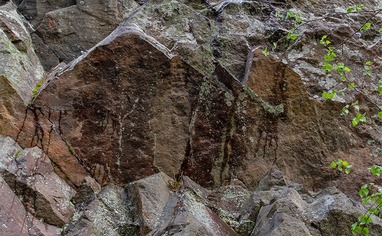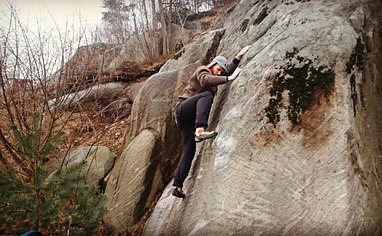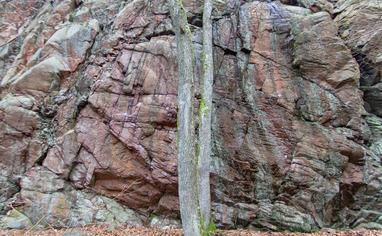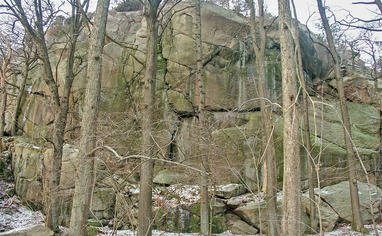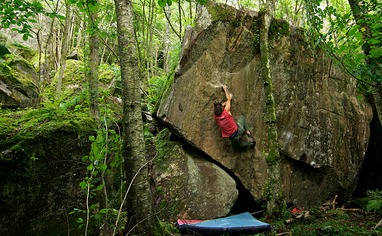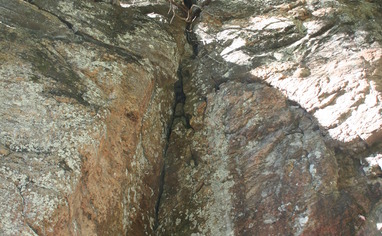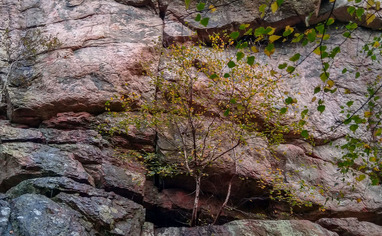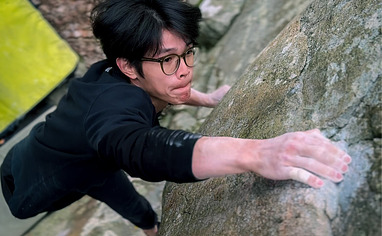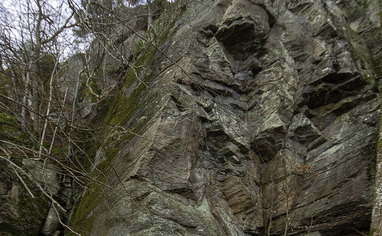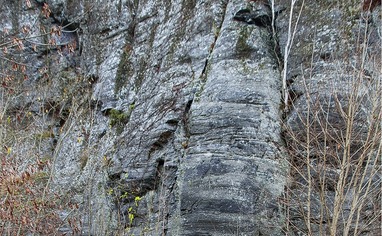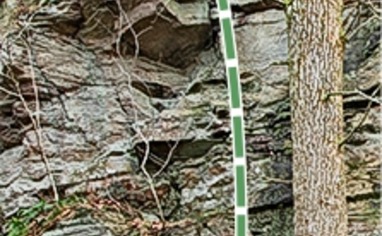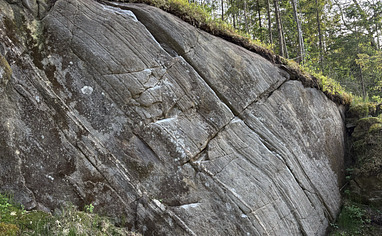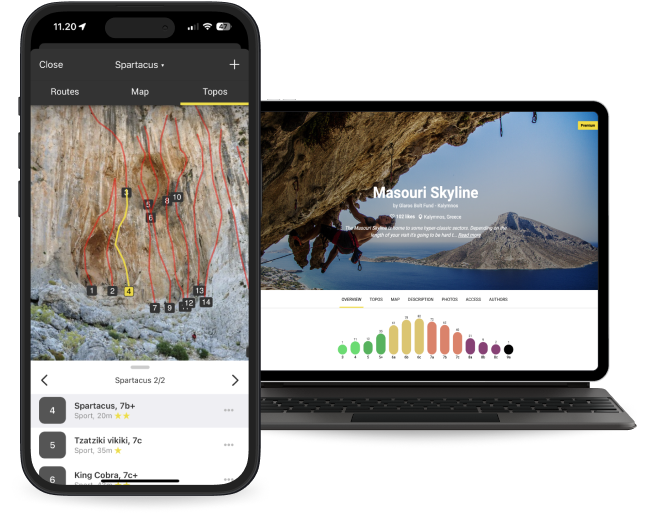Sport Climbing in Gothenburg
The surroundings of the city of Gothenburg (Göteborg) offer a great amount of rock climbing. The climbing in Gothenburg can be divided in three geographical areas: Norr (North), Öst (East) and Gothenburg (the city of Göteborg). All these areas have their own climbing style. A lot of the climbing in the north part sport climbing on steep, overhanging routes. The east part is also mostly about sport climbing. However, both the grades and the inclinations of the routes are a bit more moderate here. The trad routes are the dominating type of climbing in the city of Göteborg, but you can also find quite many bolted routes in Göteborg. For more information about the different climbing areas and sectors, see the topos below. If you're looking for bouldering, one option are the scenic islands of Hönö and Öckerö, which are filled with boulders, and are about an hour drive from the city. NORR (North) ⬆️ The north part of the guide contains nine areas: Granitgrottan, Träleberget, Majoreberget, Vindön, Svanvik, Viks kile, Sibräcka, Tjörnbroklippan and Ucklum. All the crags are almost entirely sport climbing crags with very few, if any, trad routes.There are also seven smaller crags in the area which are mostly of interest to local climbers. The routes are both slabby, vertical and overhanging (sometimes very overhanging) On top of this you can climb in Granitgrottan which is probably Sweden’s biggest climbable cave. Here you’ll find some of the country’s most overhanging routes with several meters of roof climbing (pretty unusual on granite) Here you will also find two of Sweden’s hardest routes: Captain Caveman (8c+) climbed by Said Belhaj and Be My Guest (8c+) climbed by Adam Ondra. The quality of the routes is generally very high and all crags in the area have at least some very good routes. However, most of the best routes in the area are in the upper grades. Overall, most of the hardest routes are to be found in this area. The routes are both short, bouldery and long, pumpy ones Their character varies between “easy”, straight on and technical ones. There are simply routes for every taste in this part - at least if you are into the bolted game. The bolting of the routes is generally of high quality and most of the bolted routes are equipped with lower-offs. The crags are facing both north/west (Vindön, Viks kile, Träleberget and Sibräcka) and south (Granitgrottan, Majoreberget, Svanvik, Tjörnbroklippan and Ucklum) which makes it possible to find a crag suitable for every part of the year Some people have even climbed at Tjörnbroklippan when the temperature was below 0°C (provided sunny and calm weather). The crags are about 50-110 km from Göteborg and the approaches are usually shorter than 10 min. ÖST (East) ➡️ The east part consists of seven areas: Korpaberget, Norsesund, Töllsjö, Bredared, Tosseryd, Ramnaslätt and Seglora. You’ll find bolted, mixed and naturally protected climbing at the crags. The climbing is done mostly on vertical, slightly overhanging or steep slabby walls. Two crags (Korpaberget and Töllsjö) include some serious roof climbing. The most interesting thing about these crags is the big number of bolted routes in the lower grades. The more adventurously orientated climber can find a considerable amount of trad routes in the area. Generally, the bolted routes in the area are of relatively high standard, both when it comes to climbing and bolting, while the trad routes aren’t climbed that often and can feel quite dirty. Most of the crags are facing south and southeast. Some of them (Korpaberget and some parts of Tosseryd) are effectively shaded by trees. In Tosseryd you’ll also find some walls orientated towards west. The mosquitoes/gnats can be a real problem in Seglora (mostly during June). There are two more small crags in the area (Nolhaga and Sävelången). These are mostly of interest to local climbers. Sävelången can be interesting during hot summers as it is a deep water solo crag! The crags are about 40 to 80 km from Göteborg and the approaches are usually shorter than 10 min. GÖTEBORG (Gothenburg) 🏙 The Göteborg part of the guide consists of 15 climbing areas of various size and character. If it’s trad climbing you’re up to, Utby and Lexby should be your first-hand choice - maybe even Ulvåsen and Sandsjöbacka. At these crags, you’ll find many naturally protected routes in almost all grades. Most of these routes are vertical or slabby. Because it’s traditional (or adventurous) climbing we’re talking about, you won’t find many lower-offs on top of the crags. The best sport climbing is found around Kungälv, at Hyltebergen, Gunnilse, Aspen, Älvbroklippan, Lexby, Kåhög and Greggered. You will find the hardest routes at Hyltebergen and in Kärna. The routes are mostly vertical or slightly overhanging. Most of them are equipped with lower-offs and the bolting is generally OK. The most beginner friendly sector, Introväggen, is ironically found in the heart of the traditional Utby. There are two multi-pitch routes in Lexby of which at least one is a must for visiting climbers. Besides the big crags, there are also 19 relatively small areas in or close to Göteborg, which are mostly of interest for local climbers. These consist rarely of more than around 10 routes. The routes on these crags can be divided in two parts. Routes bolted during last years are often of good quality and could be worth a visit. On the other side, the trad routes found on these crags are climbed rather seldom and are dirty or even overgrown. The biggest crags in Göteborg are all facing south which is perfect during spring or autumn. In the heat of the summer, you’ll have to find some shadow from the trees or go to one of the smaller but north or west facing crags. The most distant crag in the area is about 40 km from the city.
Göteborg topos
4665 routes in 80 crags
Photos
367 photos shared by 100 climbers
Travel info
Best season
April to September is probably best but you can surely climb in March and October if weather is on your side!
How to get there?
By boat, plane or car. There are several ferries going to Göteborg from Germany and Denmark.
Where to sleep?
Plenty of options ranging from hotels, Airbnb’s to campsites. Please try not to camp in the wild.
Other activites
Plenty of options, e.g. city sightseeing, sea kayaking, cycling and hiking.
Get Göteborg climbing guide to your smartphone
The most detailed climbing guide from Göteborg starting at €4.16 / month.


- 4665 climbing routes with high-quality topo images and detailed descriptions from Göteborg
- The subscription also includes access to other 4825 Premium crags around the world
- Find crags and boulders with ease using in-app GPS
- Use topos even when there's no Internet connection
